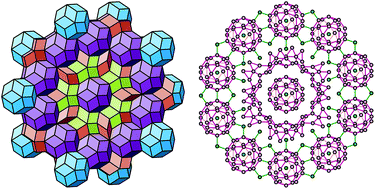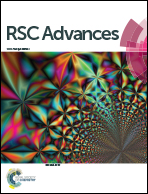Atomic structure of icosahedral quasicrystals: stacking multiple quasi-unit cells
Abstract
An effective tiling approach is proposed for the structural description of icosahedral quasicrystals based on the original substitution algorithm. The atomic structure of icosahedral quasicrystals may by derived by using the iterative and recursive inflation/deflation procedure with subsequent decoration of quasi-unit cells. The quasi-unit cells are stacked in three-dimensional space face-to-face without any gaps between them producing the whole infinite icosahedral structure in the same manner as the usual periodic crystals are generated by multiplication of their unit cells containing one or more atoms in a specific spatial arrangement. A variety of examples illustrating the efficiency of the general algorithm is presented. Stacking of quasi-unit cells along the five-fold axis, as well as the arrangement of cells normal to the five-fold, three-fold, and two-fold axes are presented. The possible atomic structure of an icosahedral single-component quasicrystal is derived. Three types of inequivalent sites with exact icosahedral symmetry may simultaneously exist in the quasicrystalline structure. The structure of characteristic clusters enforced by the compatibility with the quasicrystalline type of ordering is discussed.



 Please wait while we load your content...
Please wait while we load your content...